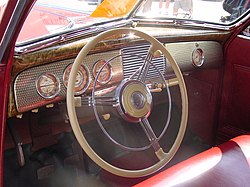This article needs additional citations for verification .(February 2014) |

Engine turning is a form of ornamental turning. The finishing technique may use lathes or engines to produce a pattern. Aluminium is often the metal chosen to decorate. The technique has been used in various industries, including aircraft and document verification.


